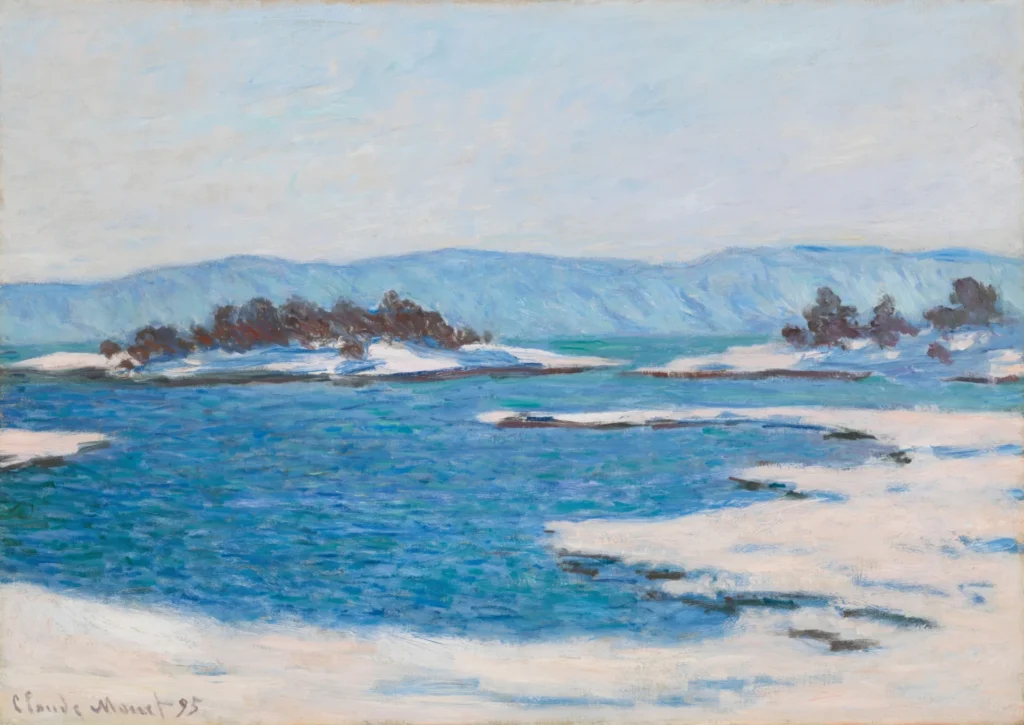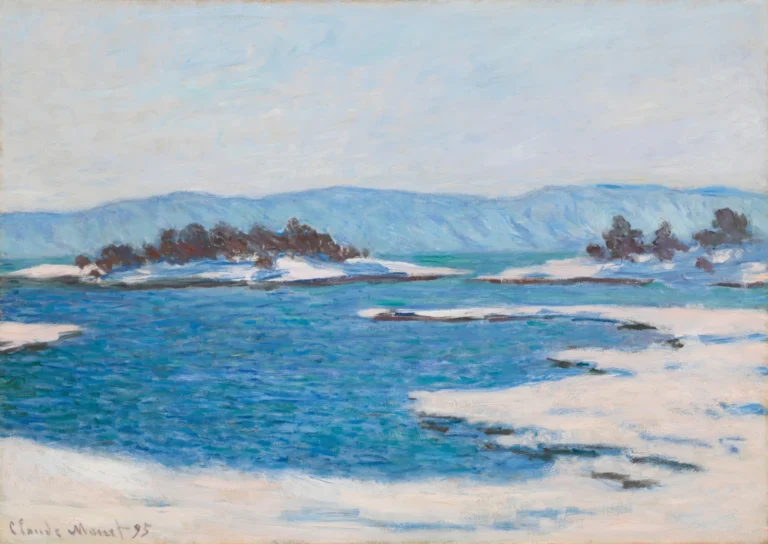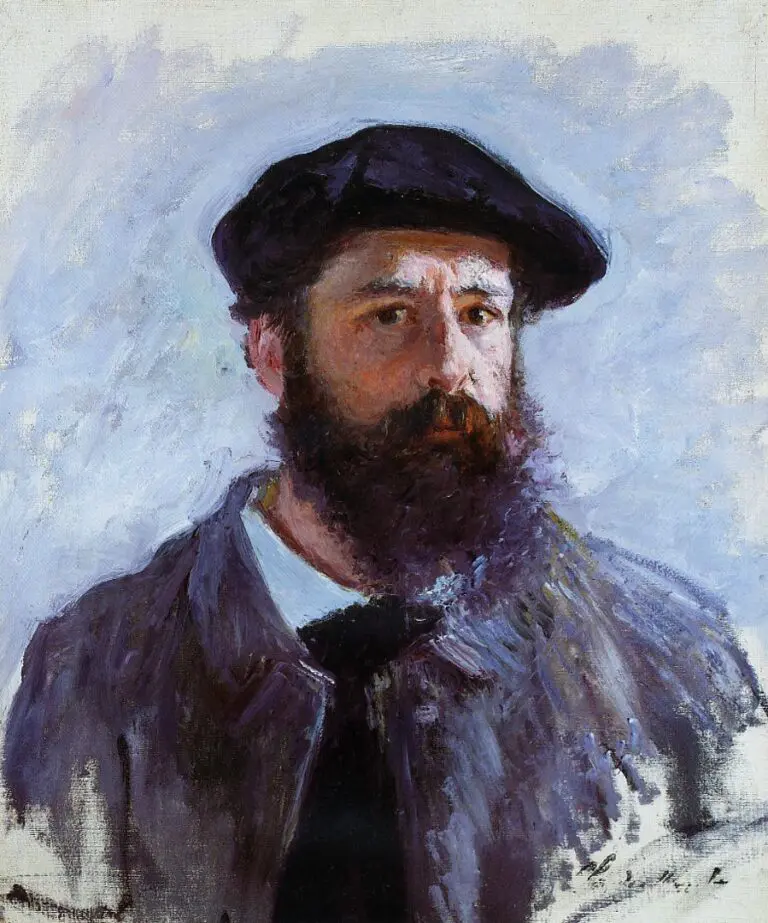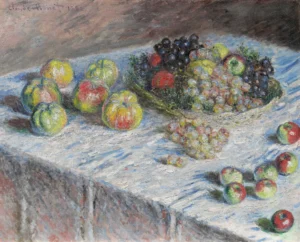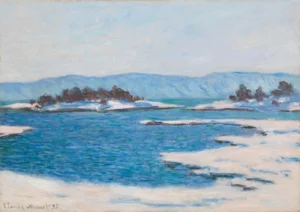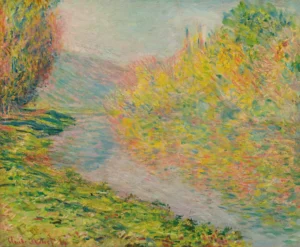Au Bord Du Fjord De Christiania (1895)
Claude Monet's Au Bord Du Fjord De Christiania captures the icy landscape of Norway as experienced by the artist during his visit in the 1890s. This stunning piece exemplifies Monet's signature Impressionist style, which focuses on light and atmosphere. The depiction of the frozen fjord and wintry surroundings evokes a sense of tranquility and exploration, firmly anchoring this work in the narratives of Scandinavian beauty and the artist's enduring legacy in modern art.
Year 1895
About the Artwork
In 1895, Claude Monet traveled to Norway, where he embarked on a sleigh ride out of Oslo, then known as Christiania. This journey provided him with the inspiration to create Au Bord Du Fjord De Christiania. a painting that beautifully conveys the essence of the icy fjord landscape. Monet's choice to depict a winter scene speaks to his ability to capture unique atmospheric conditions, as well as the fleeting moments of nature. The artwork is not just a representation of a geographical location but also a profound expression of the emotions evoked during his experience in this beautiful Scandinavian setting.
Did You Know
Monet visited Norway in the 1890s, during which he drew inspiration from the stunning landscapes, leading to the creation of this evocative work.
As one of the pioneers of Impressionism, Monet’s style profoundly impacted modern art, capturing ephemeral moments of light and nature.
‘Au Bord Du Fjord De Christiania’ has been showcased in high-profile auctions, demonstrating its enduring appeal and financial significance in the art market.




